Plastered with URL:Mal
Recently, a infection called URL:Mal has blocked by many famous antivirus programs like Avast and others. Here are some victims of this infection:
“Avast detects URL:MAL when opening firefox. No issue with IE or Chrome, after troubleshooting realized problem is NoScript add-on. Can it have been infected?”
“I believe I am infected with the URL:mal virus after installing chrome. I have tried different solutions but the virus is still infecting my pc. Can someone please help me? Thank you for your time.”
URL:Mal is an Avast detection of malicious websites or malicious URL. As soon as it gets into your computer, it can trigger some unexpected activities. You may get the pop-up warning you’re your system has been infected with some malware or other threats. When you are visiting some web sites that are infected with virus, Trojan and other types of malware, the pop-up warn windows show up. And if a harmful Java Script file is spotted on the web site, you will get the pop-up again.
If you get URL:Mal popups on your screen, you have to be careful on your working on your computer, for your computer might be already infected with a lot of threats such as malware, Trojan, worm, adware or browser hijacker. Those threats may utilize this popup to make control of your computers by adding special codes. And then create more new host files. So it can connect a command and control server in order to report some kind of information about your computer. URL:Mal popups may also open a backdoor for cyber crooks who want to do some unexpected things on your PC, such as stealing sensitive information, your passwords. So you have to remove this pop-up as soon as possible.
Removal Protocol for URL:Mal
Step 1: Reboot your computer in safe mode with networking.
For Windows 8:
a. Press the Power button at the Windows login screen or in the Settings charm. Then, press and hold the” Shift” key on your keyboard and click Restart.
b. Click on Troubleshoot and choose Advanced Options. Then click on Startup Settings and select Restart. Your PC will restart and display nine startup settings. Now you can select Enable Safe Mode with Networking.
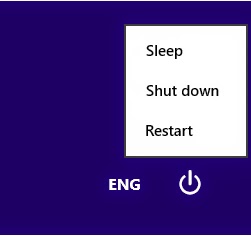
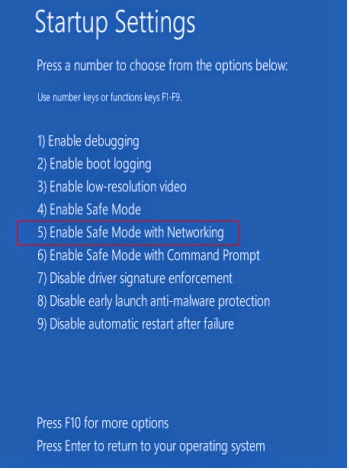
For Windows 7/Vista/XP:
a. Restart the computer. Before Windows Welcome interface appears, please tap F8 key constantly until Windows Advanced Options Menu displays.
b. On the black screen of Windows Advanced Options Menu, use the arrow key to move down and choose Safe Mode with networking option by highlighting it. Then hit Enter on the Keyboard.
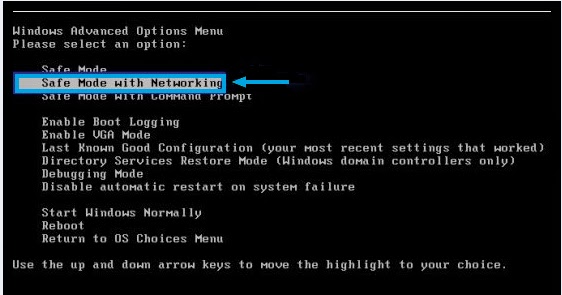
Step 2: End the processes related to URL:Mal in Windows Task Manager.
For Windows 8 users:
Right-click the taskbar and select “Task Manager”. Click “More details” button when you see the Task Manager box. After that, hit “Details” tab to find out the processes of the Trojan and then hit the End task button.
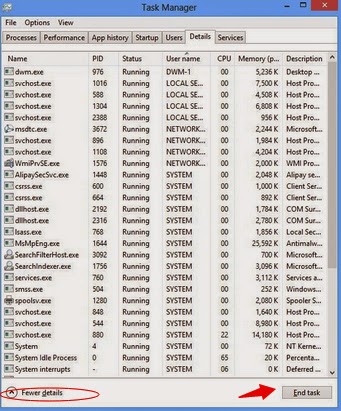
For Windows 7/Vista/XP users:
Press Ctrl+Shift+Esc together to pop up Windows Task Manager, click Processes tab, find out the related processes, and end up of them.
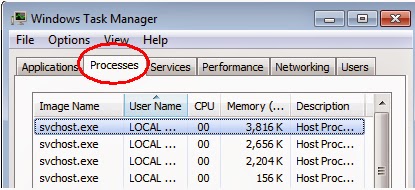
Step 3: Show hidden files and folders.
Windows 7/Vista/XP users:
1). Click on Start button and then on Control Panel
2). Click on Appearance and Personalization
3). Click on Folder Options
4). Click on the View tab in the Folder Options window
5). Choose Show hidden files, folders, and drives under the Hidden files and folders category
6). Click OK at the bottom of the Folder Options window
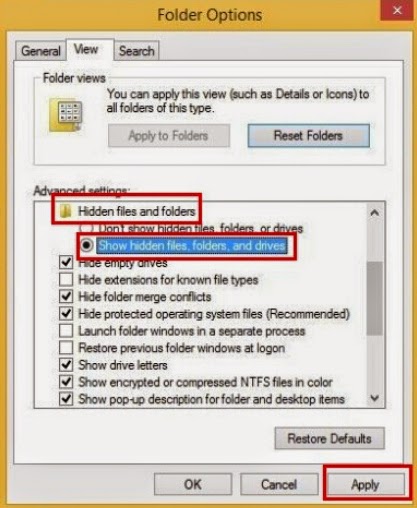
Windows 8 users:
Open Windows Explorer from the Start screen. Click View tab. Tick “File name extensions” and “Hidden items” options and then press OK to show all hidden items.
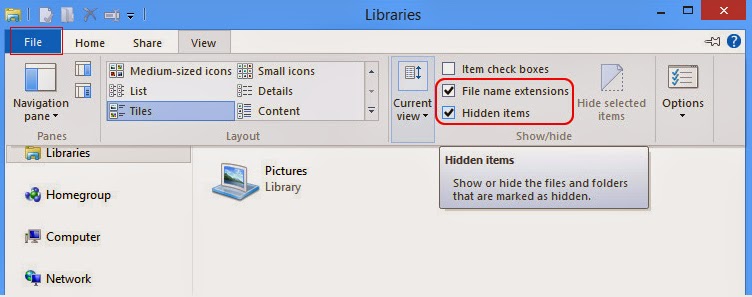
Step 4: Scanning your computer by using removal software.
Clicking the download below to download SpyHunter.
How to Install SpyHunter: On the ground of these tips, get to know how to how to install SpyHunter malware scanner on your operating system:
1. Execute the installation process by double-clicking the downloaded file.
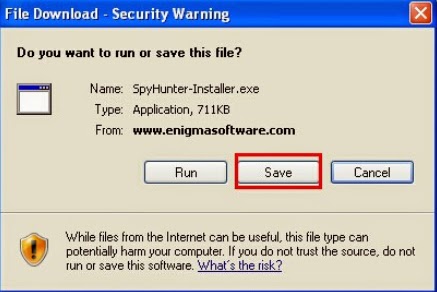
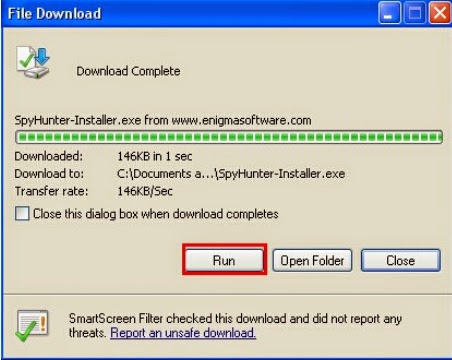
2. Follow the prompts to finish the installation of SpyHunter.
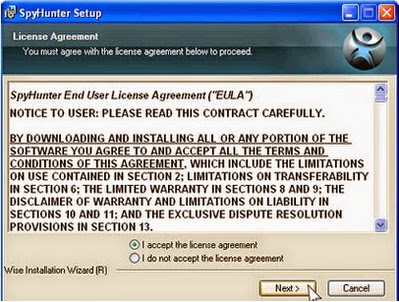
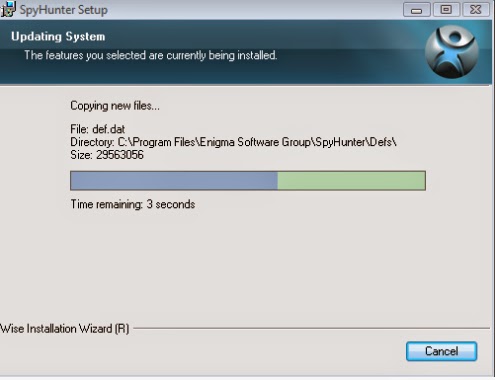
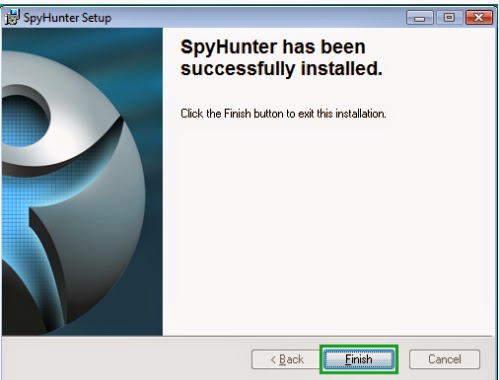
3. After the installation has been successfully completed, please start a full scan with your PC.
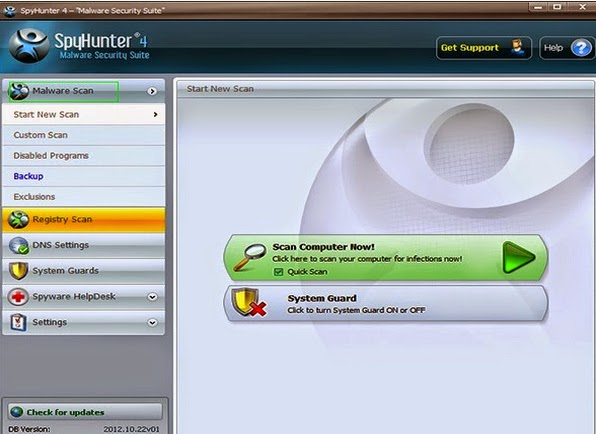
4. Remove all detected infections after scanning.
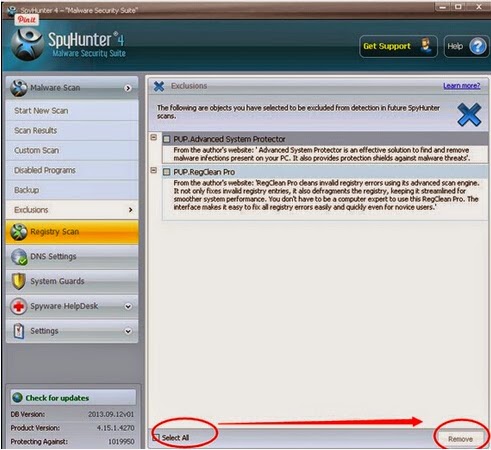
Have an Conclusion on the Post:
URL:Mal is baleful virus that may show on your PC, you may be paying a visit to malicious web site, or your browser is already contaminated with the malware. If the alert appears on every web site you visit, including popular ones, that only indicates that your browser is already infected with URL:Mal virus. You have to remove this infection with reliable removal tool here.
No comments:
Post a Comment